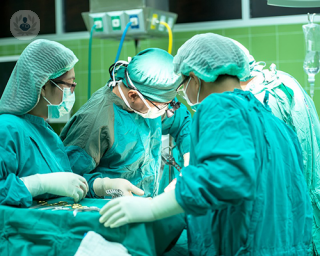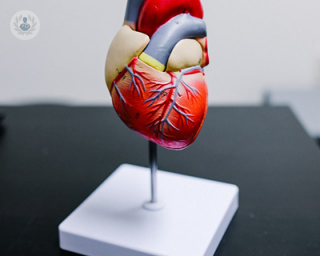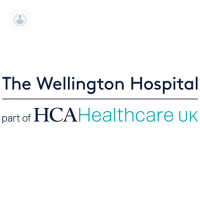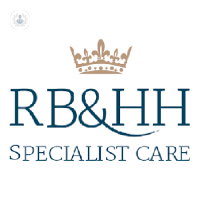Coronary surgery
Mr Jorge Mascaro - Cardiothoracic surgery
Created on: 11-13-2012
Updated on: 11-23-2023
Edited by: Aoife Maguire
What is coronary surgery?
Heart surgery, also known as coronary artery bypass surgery or a coronary bypass surgery, is a type of surgery used to divert the blood and avoid blocked coronary arteries. The blockage may affect one or more of the arteries that carry blood to the heart, and may be partial or total (stenosis).

When arteries are blocked, the blood that flows through them doesn’t have enough oxygen for the heart to function as it should. This is when the first symptoms start to appear.
The main aim of the surgery is to supply blood to areas that have a lack of blood flow due to coronary lesions. The surgery is done under general anaesthetic and lasts between four and seven hours.
Why would you do it?
This kind of surgery is recommended for people who have one or more blocked arteries, which can put the supply of oxygenated blood to the heart at risk.
If the coronary arteries are blocked, the myocardium doesn’t receive enough blood, which could cause ischaemic heart disease, coronary artery disease, or angina.
It is frequently done on patients who have several vessels affected after a heart attack in which percutaneous revascularisation was not achieved.
What does it involve?
The surgery will attempt to divert the blocked artery blood flow of the using grafts from blood vessels. The procedure can be done through the saphenous vein or through the thorax.
The patient will be given general anaesthetic. In many of these operations, a circulation pump is used to perform the work of the heart and lungs during the procedure.
When making a diversion, the specialist chooses a vein and it is grafted around the blocked area.
The saphenous vein is generally used. An incision is made on the inner leg, placing one end of the graft in the coronary artery and the other in the aorta.
How to prepare for it
When preparing for heart surgery, the patient should be in close contact with their specialist and follow any instructions given.
If the patient is a smoker, the specialist will request that they stop smoking at least two weeks before the operation. Smoking has been linked to breathing problems and blood clots.
The area that will be operated on will be disinfected before the operation, and if needed, shaved.
Post-operative care
After surgery, the patient will remain in the hospital for around a week. The very day of the operation, they will go to the intensive care unit (ICU), where their heart rate and function will be closely monitored.
After around a week in hospital, the patient will start to recover normalcy in their life. The specialist may recommend walking or swimming to regain strength. The most important thing is to make lifestyle changes, such as limiting fat intake, quitting smoking, and exercising regularly.
If the patient’s job isn’t physically demanding, they will be able to return to their daily routine within five or six weeks after the operation. If the patient has a physically demanding job, they will have to wait longer.
Alternative treatments
Alongside pharmaceutical treatment, the main alternative treatment is coronary angioplasty.
In this procedure, a catheter is placed through a blood vessel —through the wrist or groin— which is used to open arteries that have had stenosis, so that blood can flow more freely to the heart. A stent, a small metal tube, may be used to keep the artery open.
















